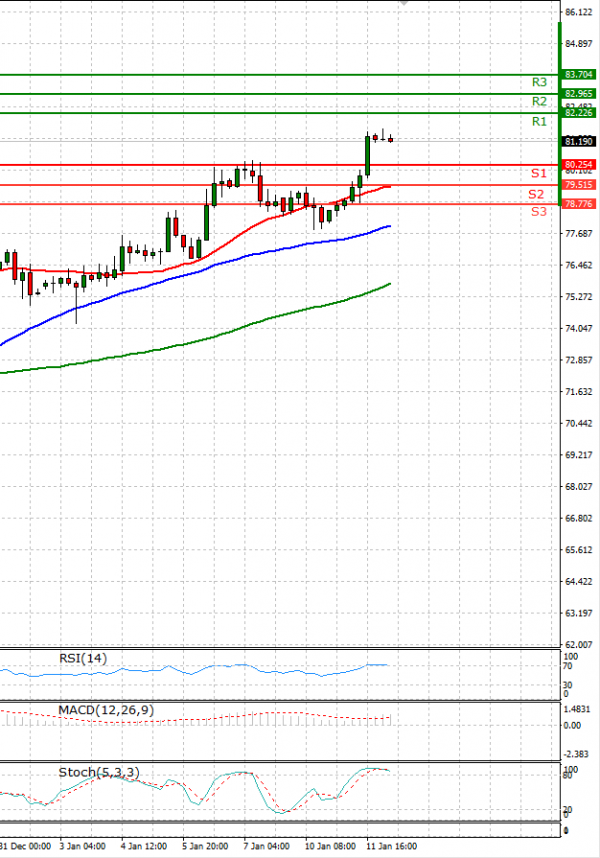Fundamental analysis
12 January, 2022
Oil prices climbed on Wednesday, extending big gains in the previous session after the U.S. Federal Reserve chief signaled the central bank may raise rates more slowly than expected, which should support oil demand in the near term. Benchmarks Brent and WTI are trading at their highest levels since the contagious omicron variant of the coronavirus emerged in late November, as it has not hit fuel demand the way previous variants did. Data from the American Petroleum Institute (API) industry gave a weaker picture on fuel demand, with a smaller decline in crude stockpiles than expected and bigger builds than expected in gasoline and distillate inventories. Crude stocks fell by 1.1 million barrels for the week ended Jan. 7, according to market sources citing API figures. That was less than the 1.9 million barrel draw that 10 analysts polled by Reuters had expected. buoying the market was the U.S. Energy Information Administration’s upgraded oil demand outlook released on Tuesday, seeing total U.S. demand rising by 840,000 barrels per day in 2022 from last year, up from a previous forecast for an increase of 700,000 bpd. At the same time, the EIA pared its production outlook for 2022, expecting U.S. oil output to rise by 640,000 bpd, down from an earlier forecast for an increase of 670,000 bpd.
